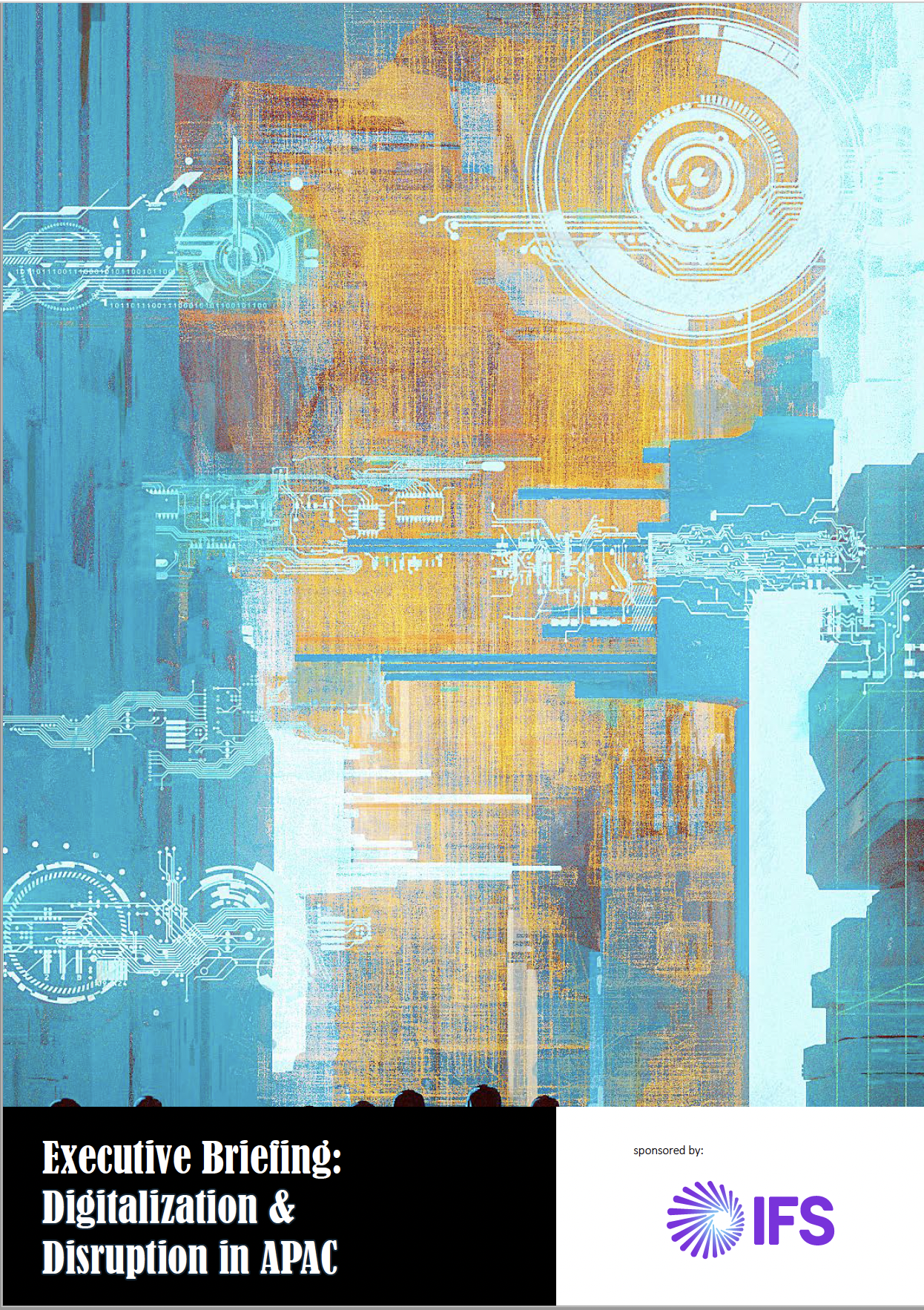The pandemic saw the rapid rise of remote service delivery on a widespread level as field
service companies embraced the technology to overcome the ongoing challenges of bio security and localised lockdowns. While remote service delivery has significant benefits,
including swifter issue resolution for the customer and lower overheads for the service provider,
the appetite for face-to-face interactions also remains strong..
Jordan Argiriou, Director, Service Solutions APEC, QIAGEN
“Our customers are screaming out for that one-on-one physical engineer approach to repair and maintenance or whatever needs they have. They are in need for our specialists to be turning up and committing to helping them with their workflow.”
Jimmy Auw, Director of Central Asia Pacific Services, Lenovo
“Our customers in the past used technology, but they feel comfortable if someone comes on-site, fix the things correctly and get the job done. Of course, with COVID, you have no choice. In some cases, the customers wouldn’t even want to be visited even if it were possible. So, of course, we have been using technology like remote support to connect to their machine remotely try to fix an issue and even leveraging other technology that is becoming quite common where we can connect to their smartphones, so we can see whatever
they are seeing without having to be there physically.
“So we have those technologies that help our agents to diagnose a problem for those customers. We also have types of components that customers can replace themselves. We call it CRU, a Customer Replaceable Unit which makes it’s straightforward for customers to get the job done themselves – especially in the commercial space, where they are quite tech-savvy.
“Still, I think it’s still very clear, there will be not 100% non face to face things. We can minimize the face to face site visits though. We can try to minimize some of the work that can be done at maybe at the lower level things. Maybe the jobs that do not require such skilled people are the ones we can look to deliver remotely and then assign those skilled workers to jobs that might require some kind of higher skill sets and require some additional experience in order to get the job done.
Kris Oldland, Editor-in-Chief, Field Service News
“There is something of a dichotomy emerging. While there are apparent benefits to remote service delivery, both for the customer and the service provider, we potentially lose that trust ambassador on site. For me, it appears to be that the relationship shifts from individual to organization or individual to individual to now being organization to organization. The customer is no longer putting their trust in the one contact that has always been their engineer; they’re now putting their trust in the organization and multiple touchpoints.
“I still don’t know if that’s a good thing or a bad thing, but I do see it as an emerging trend to be aware of.”
Garth Fenwick, Operations Manager, Alfabs
“Some common themes are coming through in the discussion, and while we’re a smaller organization, the themes are very similar to our situation. We come traditionally from an industry centred around face-to-face contact – add to that there is also an ageing workforce across our sector, generally it is common and well established for that face-to-face contact to be a fundamental way of communicating with our customers. Everyone wants to meet face to face in our sector.
“For myself, as the operations manager, I, personally, struggle with not being able to go and see each one of my sites, because that face to face contact and understanding is key to me being able to ensure everything is on track both for our customers but for us as an organization as well. I’ve full trust that our people are managing their jobs, but at the same time, we like to get out there and see what’s happening as a company and engage with the customers in person.”
Ravinthran Dhamodaram, Director Ortho Care ASPAC, Ortho Clinical Diagnostics
“Before the pandemic, we had started down this journey of digitalization, in a way that we can remotely access the instruments and look a
“So when the when the pandemic hit in an i a large way, we were still able to deliver that service. But the challenge was to change that paradigm. Where the customers were used to seeing us on site, now they’re not seeing us. We needed to build that confidence that through remote servife, when can actually resolve the problem and get the machine back up and running with a similar to the experience that they would get even engineer was on site. It’s really a big shift in terms of customer acceptance on this kind of level
of service.”
Jordan Argiriou, Director, Service Solutions APEC, QIAGEN
“It’s clear that COVID has drastically brought remote service delivery forward, and everyone agrees on this. However, due to the length of the pandemic, there is also now an added layer of fatigue from the digital approach because almost everything you’re doing today, in your personal life and your professional life, you have to do yourself now.
“Whilst we currently and have been and for some time looking at digital/remote support and everything that comes with it, in the same breath, I’m now starting to think a little different moving forward. Once countries begin to open up and we get that opportunity to bring those face to face discussions back into our service interactions, we need to use those opportunities to rebuild our customer relationships.
“Via digital channels, you can lose a lot of the personal aspects that are key to solid relationships; you can become just another company. As Ravi said, if you’re not ready, but you still roll out a solution because you feel you need to, well, you’re going to be at a disadvantage in the market due to your competitors being very well prepared.
‘So I think you need a healthy balance of both at the minute, and then once we get past these hopefully last few hurdles of outbreaks, we can get back to where we were in that journey. But right now, I think we need to be conscious of going too far in one direction because people are genuinely digitally fatigued.”
Kris Oldland, Editor-in-Chief, Field Service News
“I think where we’ll end up is with the majority of work undertaken in terms of general maintenance; I don’t think it’s going to matter whether that’s done in-person or remotely; the customer will just want the work completed promptly in a way that doesn’t impact their schedule. However, I think the engineer’s role when they do go on site will not just be to perform maintenance but also to offer guidance to the customer on asset optimization, identify assets coming out of warranty, and so forth. The site visit will become more of an inclusive service that brings more value to the customer. I think that’s where we see the direction of the face-to-face engagements evolving.”
All members of the Field Service Think Tanks are speaking from their own personal opinions which are not necessarily reflective of the organisations they work for.
 Want to know more? There is an Executive Briefing from this Field Service Think Tank Session which is available exclusively to fieldservicenews.com subscribers.
Want to know more? There is an Executive Briefing from this Field Service Think Tank Session which is available exclusively to fieldservicenews.com subscribers.
If you are already a subscriber click the button below to access it. If you have yet to subscribe, clicking the button will take you to our subscription page where you can join 30K of your field service management by subscribing and get access to this executive briefing and our entire back catalogue of resources available in our premium content library.
{{cta(’53f3b50e-6866-4702-b39f-c523a3541fdc’)}}
This premium content is sponsored by:

Data usage note: By accessing this content you consent to the contact details submitted when you registered as a subscriber to fieldservicenews.com to be shared with the listed sponsor of this premium content, IFS who may contact you for legitimate business reasons to discuss the content of this resource.
Join The Conversation!
Join the Field Service News Executive Group and participate in future Think Sessions, access exclusive content, join our online networking platform and take part in peer-to-peer coaching sessions.
Find out more @ www.fieldservicenews.com/subscribe















